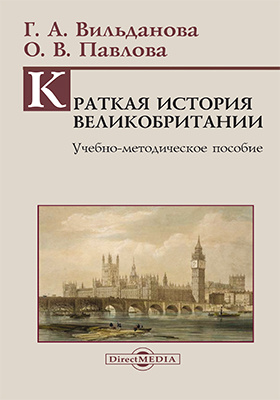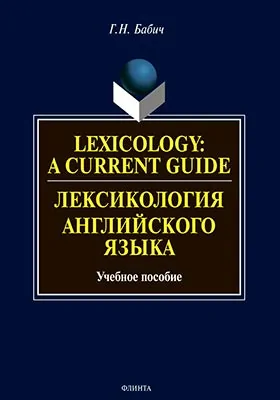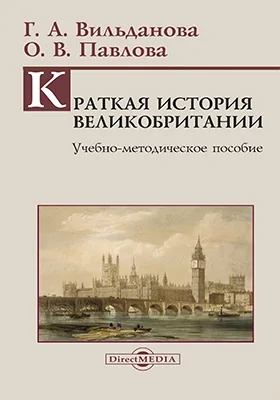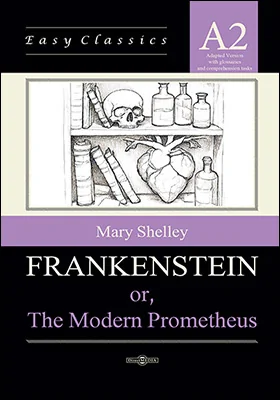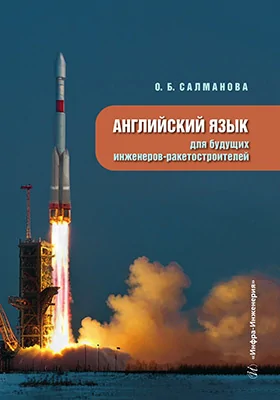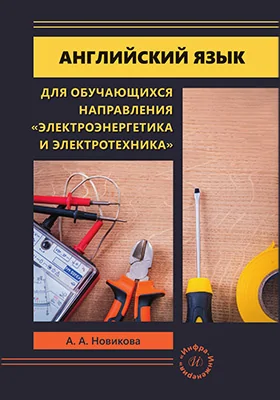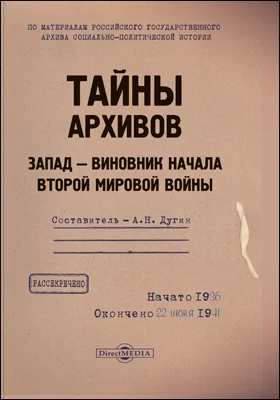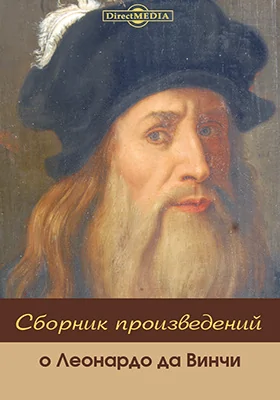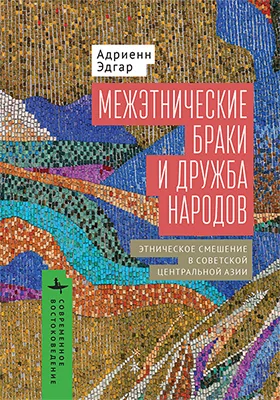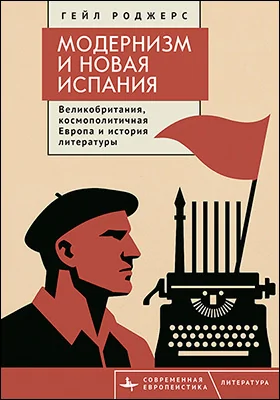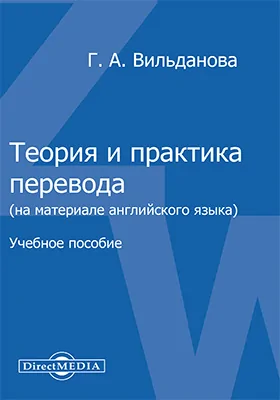
Теория и практика перевода
Здесь можно купить книгу "Теория и практика перевода" в печатном или электронном виде. Также, Вы можете прочесть аннотацию, цитаты и содержание, ознакомиться и оставить отзывы (комментарии) об этой книге.
Место издания: Москва, Берлин
ISBN: 978-5-4475-4569-7
Страниц: 113
Артикул: 11441
Краткая аннотация книги "Теория и практика перевода"
Учебное пособие содержит теоретический материал по курсу «Теория и практика перевода» и практикум перевода для аудиторной и самостоятельной работы. Материал пособия направлен на освоение и развитие практических навыков перевода с английского языка на русский и наоборот.Пособие может быть использовано в рамках учебного процесса на факультетах иностранных языков.
Содержание книги "Теория и практика перевода (на материале английского языка)"
PREFACE
UNIT 1. OVERVIEW OF BASIC TERMINOLOGY AND COURSE AIMS
1. The meaning of the word «translation»
2. Translation theory: objects and objectives
3. History of translation
4. Units of translation
Test Questions and Assignments
UNIT 2. MAIN TRANSLATION TYPES
1. Types Of Translation
2. Automatic / Machine / Computer Assisted Translation (CAT)
Test Questions and Assignments
UNIT 3. CORRELATION BETWEEN WORDS IN SOURCE LANGUAGE AND TARGET LANGUAGE
1. Equivalence in translation
2. Types of Equivalents
3. Context and its role in translation
4. General Principles of Translation
5. Translation of words having no correspondence in TL
Test Questions and Assignments
UNIT 4. LEXICAL AND COLLOCATIONAL ASPECTS OF TRANSLATION
1. Lexical Transformations
2. Translation of Attributive Phrases
3. Translation of Set Expressions
4. The Translator’s False Friends
Test Questions and Assignments
UNIT 5. GRAMMATICAL ASPECTS OF TRANSLATION
1. Grammatical Transformations
2. Translation of Specifically English Grammatical Forms and Constructions
Test Questions and Assignments
UNIT 6. STYLISTIC ASPECTS OF TRANSLATION
1. Stylistic and Semantic Transformations
2. Handling Stylistic Devices
Test Questions and Assignments
UNIT 7. TRANSLATION FOR SPECIFIC PURPOSES
1. Specialist (Technical) Terms and Translation for Specific purposes
2. Translation of Scientific and Technical materials
3. Handling Newspaper Materials in Translation
4. Translation of Official Documents
5. Normative aspects of Translation
6. Pragmatics in Translation
Test Questions and Assignments
Sources of Information
Все отзывы о книге Теория и практика перевода (на материале английского языка)
Отрывок из книги Теория и практика перевода (на материале английского языка)
7. What tasks does the theory of translation discipline deal with? Does itgive instructions how to translate?
8. What role did translation play in the medieval ages?
9. What periods stand out in the history of translation?
10.Can you explain what is meant by qualitative and quantitativechanges in translation process?
11.When was the first valuable theory of translation formulated?
12.What translation theories emerged in this country and abroad?
13.What is the advantage of the contemporary theory of translation?
14.How are units of translation defined?15.What view points on the translation unit are there?
Exercise 1. Read and translate into Russian the following extracts: 1. The interpreter’s role as a mediator between cultures as well aslanguages is of critical importance, and here his work is hardest and most rewarding… Hence the need in the interpreting field for “mediating men” or “persons with inter-cultural experiences”. The fact that cultural differences act as a block to understanding, however, is often blithely ignored by both conference participants and interpreters. 2. As opposed to children, interpreters should be heard and not seen.The interpreter must try adapt to the speaker’s accent and take into account his nationality and cultural background, whether he is being ironic, dispassionate, or deliberately vague. No matter what he may think of the speaker or his ideas, while he is working the interpreteris that speaker, and must convince the listener that he is that person.3. The English-Russian interpreter may have a harder time with agalloping speaker than does his Russian-English counterpart, since the sheer length of Russian words and the structure of the language make English-Russian interpretation thirty-three per cent longer than Russian-English.
С книгой "Теория и практика перевода" читают
Внимание!
При обнаружении неточностей или ошибок в описании книги "Теория и практика перевода (на материале английского языка) (автор Гузель Вильданова)", просим Вас отправить сообщение на почту help@directmedia.ru. Благодарим!
и мы свяжемся с вами в течение 15 минут
за оставленную заявку

